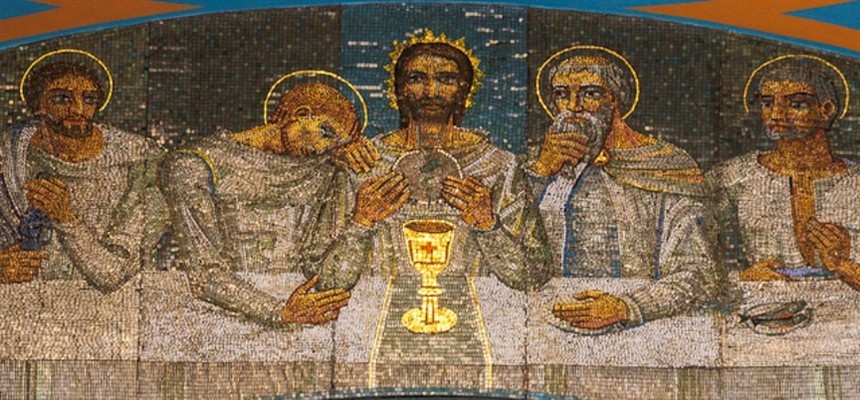The Catholic Church stands as one of the oldest and most influential institutions in the world, deeply intertwined with the history and culture of countless nations. But what precisely defines this venerable institution? How did it originate, and what traditions are woven into the fabric of its existence? Moreover, in an era marked by globalization, how does the Catholic Church maintain its significant presence across diverse cultures? These questions merit exploration.
To begin with, the origins of the Catholic Church trace back to the early first century AD, firmly rooted in the life and teachings of Jesus Christ. Christians believe that following Christ’s crucifixion, resurrection, and ascension, His disciples, particularly Peter and Paul, embarked on a mission to spread His message. This nascent community of believers, initially a marginalized sect within Judaism, gradually evolved into a distinct religion. The term “Catholic,” meaning “universal,” began to emerge as early as the second century, signaling a burgeoning identity that sought to unify believers across various cities and cultures.
As the Church expanded, so did its complexities. By the time Emperor Constantine legalized Christianity in the early fourth century through the Edict of Milan, the faith had developed organizational structures and ecclesiastical hierarchies. The establishment of the Bishop of Rome, or the Pope, as a central figure in ecclesiastical matters underscored the notion of apostolic succession. This positioned the Pope as a spiritual leader, believed by many to be the successor of St. Peter himself—thus asserting the primacy of the Roman See.
Nevertheless, some might ask, is such centralization a strength or a weakness? This question invites contemplation on the dynamics of authority and governance within the Church. The Catholic Church’s hierarchical structure has afforded it a means of providing unity and cohesion amid the diverse interpretations of faith across the world. Yet, this very characteristic has also led to schisms and internal dissent, as numerous groups have contested the Pope’s authority over the centuries, culminating in events such as the Protestant Reformation. The ensuing theological disputes laid the groundwork for a multitude of denominations, each interpreting Christian teachings through diverse lenses.
Moving beyond its origins, it is crucial to appreciate the traditions that enrich the Catholic faith. From the veneration of saints to the celebration of the sacraments, traditions serve not only as rituals but also as conduits of belief and communal identity. The sacraments—especially the Eucharist, Confirmation, and Baptism—are essential, embodying grace and encapsulating the essence of faith. Moreover, the liturgical calendar, punctuated by seasons of Advent, Lent, and Easter, delineates time in relation to the life of Christ, inviting the faithful into a rhythm that harmonizes with sacred history.
Integral to Catholic worship is the Mass, a central act of the faith that combines communal participation, scriptural readings, and the celebration of the Eucharist. The richness of the liturgy is enhanced by an array of languages and cultural expressions, illustrating how Catholicism adapts to various contexts while retaining its fundamental tenets. This fusion of tradition and culture is nowhere more evident than in the Church’s global outreach.
Speaking of global reach, the Catholic Church boasts a staggering presence across the continents, contributing to a vibrant tapestry of cultures and communities. According to estimates, over 1.3 billion Catholics inhabit the world today, spanning nearly every nation. The Church’s engagement with varied cultures serves to foster dialogue, social justice, and humanitarian efforts. Whether through missionary work, education, or healthcare, the Catholic Church exemplifies its commitment to serving the marginalized and oppressed. This commitment evokes another playful question: How can a single institution remain relevant in such a multifaceted and rapidly changing world?
The answer lies in the Church’s adaptability. In an increasingly interconnected society, the Church has leveraged technology and social media to reach younger generations while remaining faithful to its core dogmas. The Vatican has made strides in addressing contemporary dilemmas, from addressing the role of women in the Church to confronting issues of sexual abuse and clerical accountability. The recent papacies have emphasized dialogue and inclusivity, striving to bridge the divide between modernity and tradition.
Moreover, the Catholic Church’s rich intellectual tradition offers a reservoir of wisdom, from the theological insights of St. Augustine to the social teachings articulated in papal encyclicals. The Universal Church asserts its relevance not only through faith but also through scholarship and discourse. The interplay of reason and faith has produced a legacy of thought that remains influential in philosophical, ethical, and political realms.
It is vital to recognize, however, that the Catholic Church faces substantial challenges. Secularization and moral relativism present significant hurdles in safeguarding its doctrines while appealing to contemporary sensibilities. Additionally, growth in non-Catholic Christian denominations and religious pluralism further complicate the Church’s mission, necessitating an ongoing reflection on its role in fostering unity among Christians.
In conclusion, the Catholic Church encapsulates a rich tapestry of history, tradition, and global outreach, crafting a narrative that is as dynamic as it is enduring. From its origins rooted in first-century Palestine to its contemporary engagement with global issues, the Church remains a vital player on the world stage. Yet, the questions surrounding its adaptability, authority, and relevance linger. In navigating these complexities, the Catholic Church strives to fulfill its mission, creating a bridge between the divine and the human, the ancient and the modern. The endeavor continues, underscoring an essence that is both timeless and refreshingly present.



